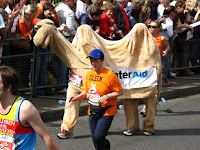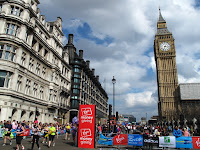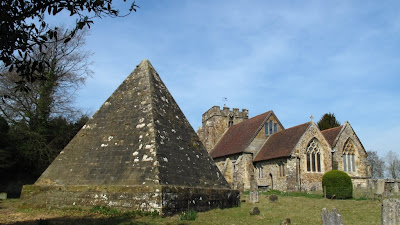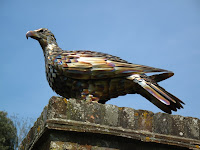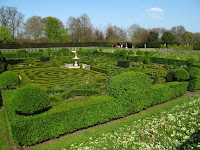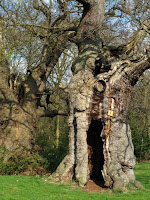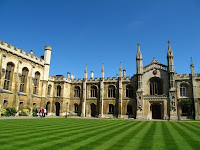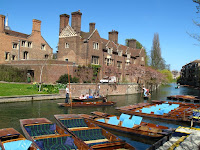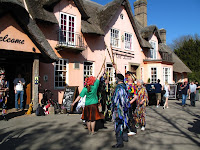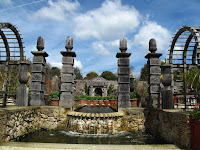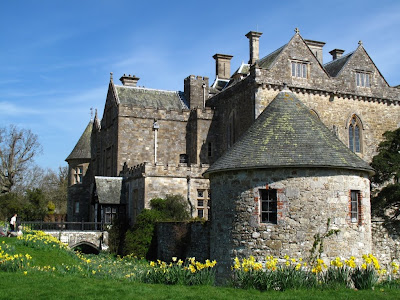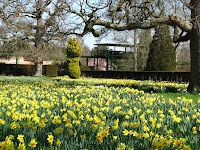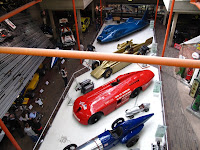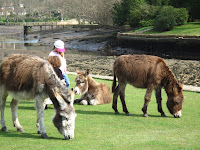 Heading towards Liverpool, we left the motorway system at Stafford, and entered a world of timbered Tudor buildings and cherry blossom. Some towns, like Market Drayton, showed the effects of the recession, much more strongly than London.
Heading towards Liverpool, we left the motorway system at Stafford, and entered a world of timbered Tudor buildings and cherry blossom. Some towns, like Market Drayton, showed the effects of the recession, much more strongly than London.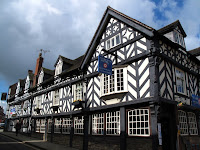
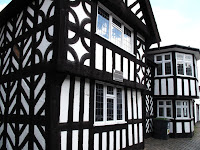
The National Trust runs a Beatles Tour from Speke Hall near Liverpool. Of all the masses of Beatles themed tours in Liverpool, this is the only tour with access inside the childhood homes of John Lennon and Paul McCartney. We found the tour very interesting.
 Though growing up in the Beatles era, we knew very little about their years before the band. Mendip was John Lennon's childhood home until age 23. He was raised by his Aunt & Uncle, and Aunty was a formidable character, who considered his interest in music a passing fad.
Though growing up in the Beatles era, we knew very little about their years before the band. Mendip was John Lennon's childhood home until age 23. He was raised by his Aunt & Uncle, and Aunty was a formidable character, who considered his interest in music a passing fad.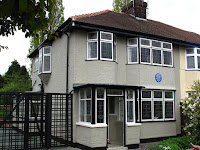

 Paul's home was lower class than John's, but his father encouraged their music. It was fascinating to find that Penny Lane and Strawberry Fields were close by and Mother Mary was Paul's mother. And, we have been in the room where John and Paul first played guitar together and the rooms they wrote many of the great Lennon-McCartney songs. The Beatles Liverpool connection is obviously big business. While we visited the two homes, we saw several tours gather outside.
Paul's home was lower class than John's, but his father encouraged their music. It was fascinating to find that Penny Lane and Strawberry Fields were close by and Mother Mary was Paul's mother. And, we have been in the room where John and Paul first played guitar together and the rooms they wrote many of the great Lennon-McCartney songs. The Beatles Liverpool connection is obviously big business. While we visited the two homes, we saw several tours gather outside.
Speke Hall, the starting place of the tour, is worth a visit, even without the Beatles tour. It is huge dramatic Tudor house, furnished with heavy wooden period furniture.

